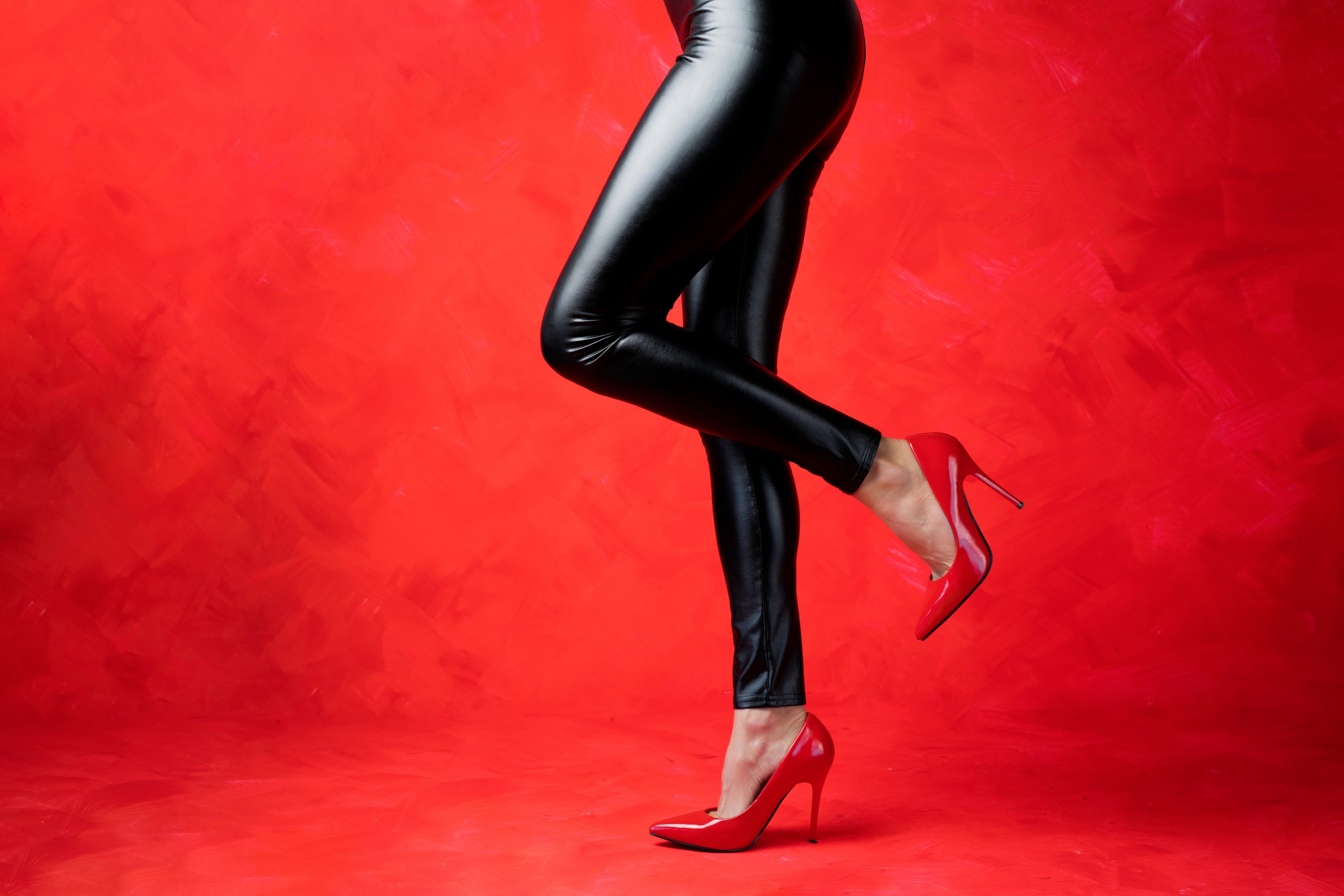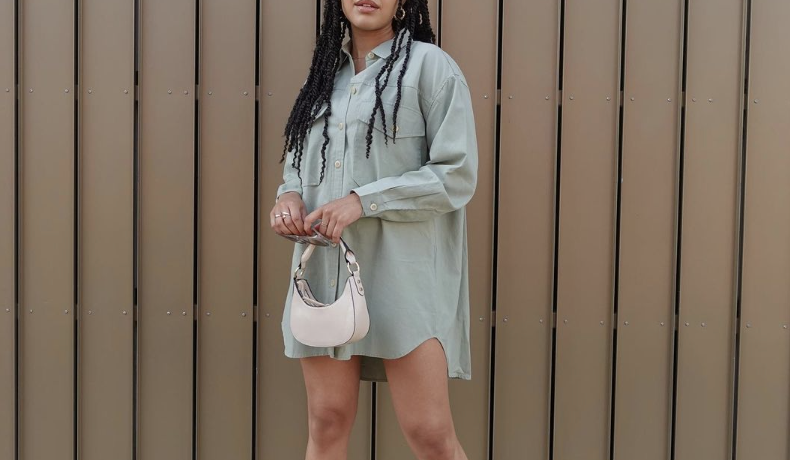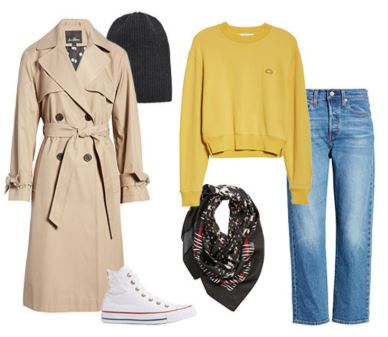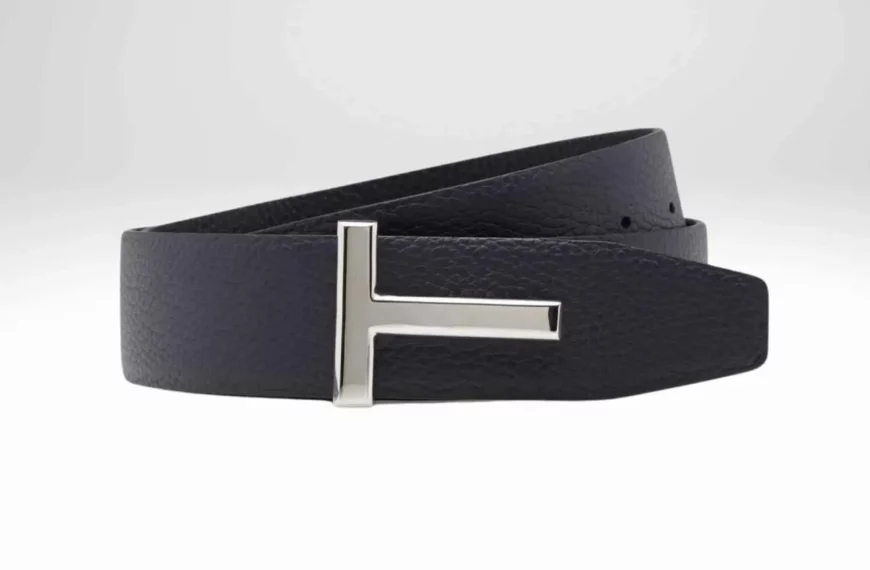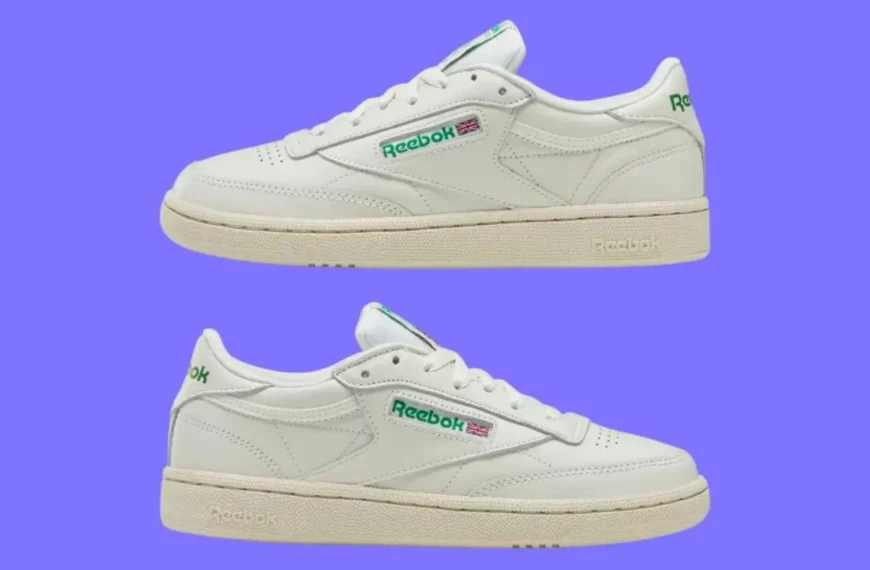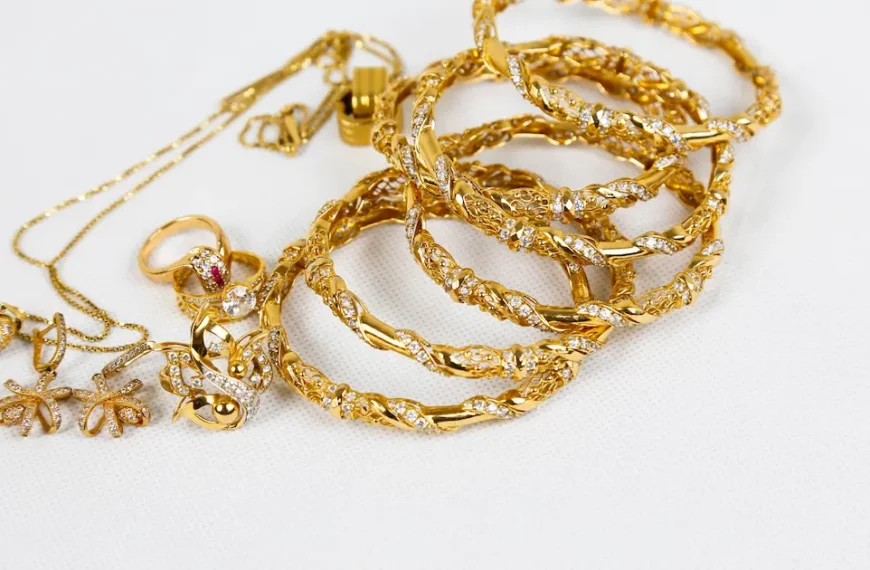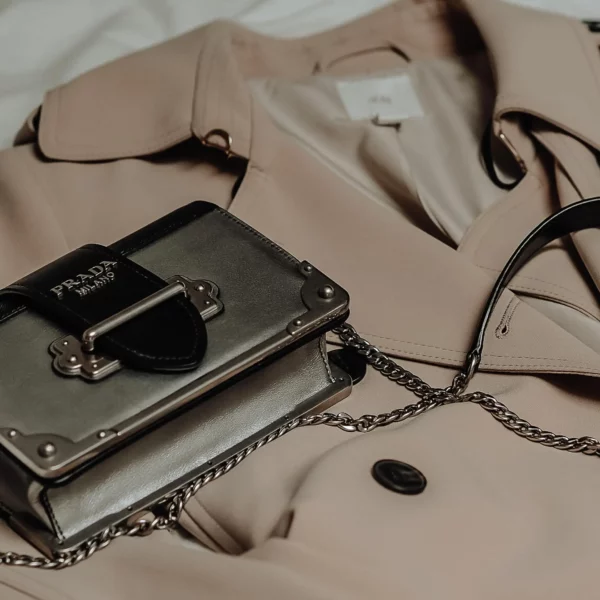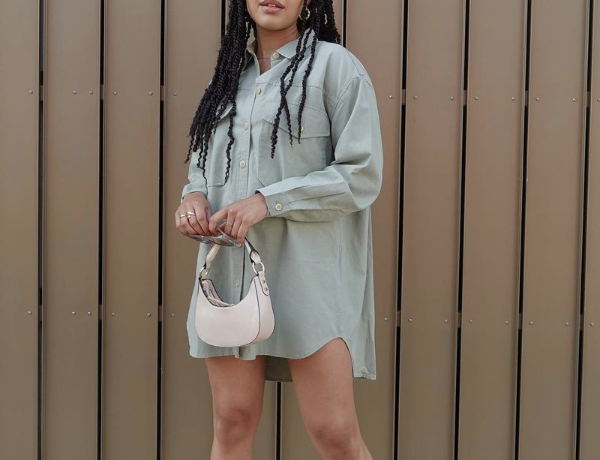No matter your style, leather probably fits into your look one way or another. It might be anything from a classic Hermes bag to a vintage bomber jacket, but a good leather piece just seems to tie everything together no matter what. As great as a good piece of leather makes you feel though, the animals involved in its production probably feel a little bit differently.
If that concerns you, no worries, you can still get your favorite pieces made with no animal products. But if it’s not cow leather, what exactly is it? And is it really better for the animals and the earth?
We answer these questions and more down below, so keep this handy if you’re looking to navigate the world of vegan leather.
What Is Vegan Leather?
Simply put, vegan leather is any sort of leather-simulating material that isn’t made out of animal hide or other animal-derived material.
What Is It Made Of?
Because the only materials that can’t be used are animal-based products, manufacturers can feel free to utilize any other capable material they can think of to produce vegan leather.
In the world of synthetic textiles, petroleum is king for both vegan and non-vegan brands. The majority of leather simulating textiles are made of polyvinyl chloride and polyurethane.
As for natural textiles, you’re likely to see vegan leather made out of apple skins, recycled rubber, pineapple leaves, or even fungi and coconut water.
How Does Vegan Leather Compare to Traditional Leather?
Non-vegan leather, or just leather, can be made of practically any animal hide (from crocodile to ostrich), but we’re going to focus on cow leather since that’s the one you’re most likely to see.
Conventional leather is made by removing the flesh from the hide, preserving the skin, removing any excess hair, tanning it, adding fats, and then drying it once more.
Aside from cruelty-free concerns, there are environmental issues associated with cow leather. This involves the raising of cattle and the tanning.
Livestock accounts for about 14.5% of anthropogenic greenhouse gas emissions, with cattle specifically making up about 65% of that. This issue is then further compounded depending on the method of tanning that you use.
Vegetable tanning isn’t necessarily an issue as it’s natural and doesn’t use harsh chemicals. But, because this doesn’t result in a wide range of colors, a lot of leather companies resort to chromium tanning, which involves the compound chromium III hydroxide sulfate.
This is especially a problem in areas without worker safety or environmental regulations, as this compound is highly irritating to the skin and lungs.
If you really want real leather pieces, your best bet is to find brands working specifically with recycled leather that’s not sourced from the leather industry itself.
This might mean that they source their scraps from independent manufacturers, landfills, or even thrift shops, so make sure you do your homework on where the leather was sourced before you buy. Or better yet, find some cool vintage and secondhand pieces (check out our list of some of the best online thrift stores!)
Is Vegan Leather More Sustainable?
As many groans and eyerolls as this answer might produce from those who want a simple answer, the truth is that it depends.
There are so many different aspects to each fabric that even if the base component is sustainable, the other materials involved might not be.
One thing worth mentioning is the fact synthetic fibers from clothes are the largest source of microplastic pollution in the ocean.
Things like recyclability, water usage, and chemical waste are difficult to account for when talking about sustainability, unless you go on a fabric by fabric basis. That’s what we intend to do, so here’s a breakdown of common vegan leathers!
Vegan Leather Materials
Polyvinyl Chloride (PVC)
Polyvinyl Chloride, or PVC, is one of the most highly-used synthetic plastic polymers in the world. It is an extremely popular choice for vegan leather, dating back to 1872. In its fundamental form, PVC is actually pretty rigid, but can be softened by using plasticizers.
While the production of PVC might not involve harming animals, it’s not a great option for the planet, either. It contains very high amounts of toxic chemicals that can hurt the planet and might even affect our health. Yikes!
When burned, it releases hydrochloric acid, which can be corrosive to the eyes and skin. Not to mention that PVC takes around 500 years to break down, and even then it just turns into micro pieces that pollute the earth and oceans.
More and more manufacturers are moving away from PVC leather as more consumers become aware of its harmful effects on the earth and humans.
Polyurethane (PU)
Polyurethane, aka PU, is a type of plastic used for a lot of synthetic products, including faux leather. It is probably the most common vegan leather, used for jackets, purses, wallets, and other retail products. When searching for vegan leather products, you’ll see a lot of items labeled as PU leather.
Many manufacturers prefer PU leather because it resembles real leather, is water-resistant, and can last a very long time. It’s also a lot less harmful than PVC, and it’s more water and energy efficient to produce.
PU will eventually decompose, unlike PVC, although it takes a very long time. So while it might not be the absolute best for the environment, it’s safer and a little more eco-friendly than PVC.
Polyethylene (PET)
Polyethylene is another thermoplastic often used for vegan leather, which is unfortunate because it’s also one of the worst. Because of the sheer amount of effort it takes to extract fossil fuels, refine, and then burn them, petroleum-based products have some of the highest carbon emissions when it comes to consumer goods.
The manufacturing of 1kg of polyethylene produce is about 6 kg of carbon dioxide. Compare this to 1 kilogram of cotton fiber which produces about 1.8 kg of carbon dioxide and you’ll get the picture.
Even after polyethylene is made, it doesn’t stop having negative effects on the environment. As waste sits in landfills, it continues to emit greenhouse gases, which is particularly an issue because polyethylene doesn’t biodegrade. Instead, it simply breaks down into smaller pieces causing trouble for ocean life.
Leather does have its problems, but it breaks down in about 50 years or so. If you’re looking for a leather substitute, avoid polyethylene, polyurethane, and polyester unless you get it recycled or at a thrift store.
Hemp Bio Leather
While the exact methods behind how bio leather like this remain close to the chest of their parent companies, we do know a little bit about the material.
First of all, it’s made of hemp. While the advantages of hemp over cotton concerning land and water usage are overstated in a lot of cases, hemp is naturally biodegradable and pest resistant.
Hemp Bio Leather is made from hemp waste fiber residues in Denmark. It doesn’t require any animal or chemical products, and only requires a small amount of water and energy usage. Plant-based leather is becoming more and more popular, not just for fashion but also for car interiors, furniture, and the like. Biodegradable options like this are an extremely eco-friendly way to produce alternatives to leather.
Piñatex
It might seem far-fetched, but Piñatex is actually a faux leather made out of pineapple leaves. Created in the Philippines in the 1990s by Dr. Carmen Hijosa, Piñatex is made from pineapple leaf fibres left over from the pineapple harvest. The fibres are extracted, washed, dried by the sun, then go through a mechanical process to create a non-woven mesh.
Since Piñatex is made from the leftover pineapple leaves, no additional materials have to be sourced for its production. Plus, it’s a much more sustainable alternative to other synthetic leathers as mentioned above.
AppleSkin
AppleSkin is a leather substitute from the apple juice industry. It’s a vegan, cruelty-free material made of about 20–30% apples.
Made in Italy, AppleSkin upcycles waste products and turns them into a high-performance leather material, a much better alternative for animals and the planet alike.
Although the exact process of creating AppleSkin is a trade secret, we do know that it is made from a mushy pulp leftover from juicing apples. That way, less materials have to be derived from the planet, and therefore less energy is used to create the unique product.
Cork Leather
Cork is a biodegradable, eco-friendly material that can actually be transformed into leather products.
Created from the bark of the Cork Oak tree, cork leather is natural, 100% plant-based, and actually helps the cork trees it is made from. Extracting cork from cork trees helps them enter their “regeneration process,” extending the life-span of the tree itself.
The cork is then boiled, flattened out into cork sheets, shaved, and sewn into a backing made of cotton or polyester. This is an extremely environmentally friendly and ethical way of creating alternative leather products.
Our Favorite Vegan Leather Brands
Shopping for vegan leather can be extremely difficult, especially if you are searching for faux leather products that aren’t made of thermoplastics (and therefore harmful to the environment).
Keep reading to find some of our brand recommendations for high-quality, ethically-sourced vegan leather products.
Nanushka
Average pricing: $500 – $1,000

If you’re looking for a luxury vegan leather jacket, Nanushka is a luxurious brand for you. They even offer vegan leather dresses and pants!
Gus
Average pricing: $1,000 – $6,000

With leather being used in so many types of furniture, it can be hard to furnish your home if you’re trying to avoid real leather! Gus is one of our favorite vegan leather brands for the home.
Their Vegan Appleskin Leather collection is beautiful, featuring a variety of seating options (from 1-person chairs to 10-person couches)!
Beyond Skin
Average pricing: $180 – $350

Beyond Skin is an ethical, UK-based retailer that offers shoes made from high-quality PU leather.
They offer shoes in almost every style you can imagine, from sandals and boots, to pumps and even bridal shoes!
Stella McCartney
Average pricing: $100 – $1,000
Stella McCartney is a cruelty-free designer brand that offers a ton of alternative leather products, from luxury handbags to high-fashion boots and sandals!

Note: They are a designer brand, but if they’re not outside of your price range, they’re well worth giving a shot.
In Conclusion
To sum it up, there are a wide range of vegan leather products, some being more eco-friendly than others.
If you’re concerned about what your vegan leather products are made of, try reaching for vegan leather items that are labeled as plant-based or plastic-free and you’ll be in good hands. And, if a brand isn’t transparent about their materials and sourcing, that’s usually a red flag to stay clear of their products.
Want the quality and long-lasting features of real leather? Don’t forget about thrifting! Buying real leather garments secondhand is a great way to shop more sustainably without supporting animal cruelty.
Another good alternative to real leather is shopping for recycled leather brands. This is still technically real leather, but they they create garments using old leather from garments that would have ended up in a landfill.
Real leather pieces typically last much longer and feel higher quality than synthetic garments, so they are great for capsule wardrobes (or just for those who want to shop more mindfully and make their garments last for years).
If you’re switching to a cruelty-free wardrobe, check out our favorite vegan handbags for an ethical style that doesn’t compromise on fashion!

